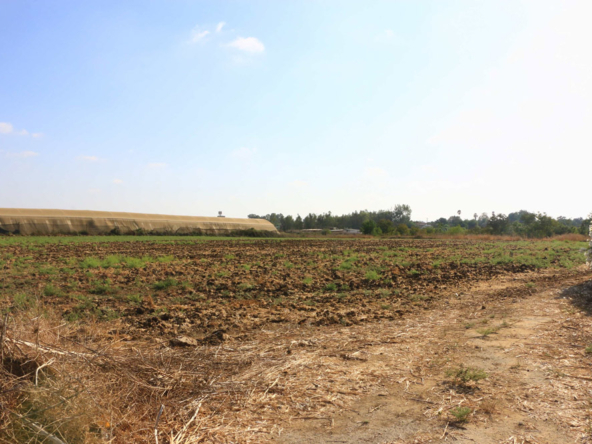Israel Housing Shortage: 15,000 Apartments Missing in the Center, North, and Jerusalem
The Strategic Housing Plan 2040, approved three years ago, set construction targets for each district of the country. However, so far, the population distribution plan has not materialized. Furthermore, there has been no urban renewal plan presented. Additionally, there is no coordination between the bodies responsible for construction and infrastructure.
Read also: Israel: Real estate crisis or not?
In the three years following the government’s approval of the “Strategic Housing Plan,” 15,000 housing units have emerged. The constructions are located in central Israel, the Jerusalem district, and the north, according to the plan that the government decided in March 2017. The Strategic Housing Program 2040 was established based on an analysis of housing needs conducted in each district by the National Economic Council. Thus, the volume of construction corresponds to a target adapted to the deployment plans, particularly in the population distribution by 2040 in these different regions.
Tel Aviv and Jerusalem are not spared
 In the Tel Aviv region, for example, more than 13,000 apartments should have been built each year. However, only 12,000 apartments are constructed annually. This has led to a shortage of nearly 4,000 apartments.
In the Tel Aviv region, for example, more than 13,000 apartments should have been built each year. However, only 12,000 apartments are constructed annually. This has led to a shortage of nearly 4,000 apartments.
To meet housing needs in the Jerusalem district, the Municipality decided to construct 5,750 apartments per year. However, only a little over 3,500 have actually been built.
On the other hand, Tel Aviv remains the most favored city compared to other areas of the country. The National Economic Council has issued building permits for nearly 9,000 more apartments than what was set. In total, more than 30,000 apartments have started construction.
Israel Housing Shortage: 1.5 Million Housing Units by 2040
 In practice, to realize the national land development and planning program, more efforts are needed. To produce 1.5 million housing units by 2040, a coordinated action among the various relevant ministerial services must be adopted. In fact, assisted by the land administration to facilitate infrastructure, transport, and communications arrangements.
In practice, to realize the national land development and planning program, more efforts are needed. To produce 1.5 million housing units by 2040, a coordinated action among the various relevant ministerial services must be adopted. In fact, assisted by the land administration to facilitate infrastructure, transport, and communications arrangements.
Another problem to overcome is the opposition from mayors regarding the absorption of thousands of new families. This is because the property taxes paid by households do not cover the services they consume. Therefore, the challenge for the new government is to formulate a program to encourage local authorities to launch construction plans. Such a plan has never been formulated until now.



